Language is fundamental to learning, thinking and communicating, and permeates the whole curriculum.
 At Clearwater Bay School we use language as a medium of inquiry, providing opportunities to challenge, nurture and develop both first and second language speakers. We understand that the most conducive environment to language learning is a positive and encouraging one, wherein students have the opportunity to engage in authentic and meaningful learning experiences. Language learning occurs in three ways; as the language of instruction, as an additional language and as mother tongue.
At Clearwater Bay School we use language as a medium of inquiry, providing opportunities to challenge, nurture and develop both first and second language speakers. We understand that the most conducive environment to language learning is a positive and encouraging one, wherein students have the opportunity to engage in authentic and meaningful learning experiences. Language learning occurs in three ways; as the language of instruction, as an additional language and as mother tongue.
All three of the language strands are learned across and throughout the curriculum, and each strand is an integral component of language learning. Within each of these strands there is a balance between the acquisition of knowledge skills and the development of conceptual understanding. All teaching integrates the language strands of:
Oral language – speaking and listening
Visual language – viewing and presenting
Written language – reading and writing
We understand that because our students come with many different language backgrounds, they will all progress at different paces. Clearwater Bay values differentiated and varied instruction, which embraces multiple learning styles.
Clearwater Bay School is a member of the English Schools Foundation (ESF) and uses the ESF English curriculum documentation to inform teaching and learning from Years One to Six. In English, there are four strands covered in all year levels throughout an academic year:
Reading
Writing
Speaking & Listening
Viewing & Presenting
We consider all Clearwater Bay teachers to be language teachers and the language development of our students to be the shared responsibility of teachers, parents and students.
All teaching and learning is driven by the idea that through language, we are encouraging intercultural awareness and new perspectives, a culture of curiosity, as well as an appreciation of the richness of our world’s diversity. We strongly believe that through this exploration of language, students develop as deeper, independent thinkers; as responsible, understanding citizens of the world; and as better communicators in our multilingual world.
Please click on the links below to view the scope and sequence of each strand:
CWBS Spelling Overview Year 1-3
CWBS Spelling Overview Year 4-6
ESF Language Scope & Sequence Y1-3
ESF Language Scope & Sequence Y4-6
Chinese
CWBS is committed to high-quality learning and teaching of the Chinese language and culture for all students. ESF recognises the importance of Chinese as one of the official languages of Hong Kong and that through Chinese language learning, students develop a greater understanding of Chinese culture and heritage within the context of Hong Kong and beyond. Language learning is culturally immersed and learning engagements are designed to facilitate an understanding of Chinese culture and context. The communication areas of listening, speaking, reading, writing, viewing and presenting are developed as students acquire Chinese language knowledge and skills.
When it comes to learning Chinese as a second language at Clearwater Bay, student needs are met through the Foundation Group, the Progression Group, and the Enhancement Group. Groupings allow for differentiation in instruction, targeted support, flexibility of pace, appropriate level of challenge, confidence due to success and increased personalisation. Within each group there are smaller groups of differentiation and continual movement between these groups enables continued challenge at all levels. Each group has its own unique characteristics and benefits, and the pedagogy required for effective learning at each stage varies accordingly.
Chinese Curriculum Overview
Home Languages (Mother Tongue)
Clearwater Bay School believes that mother tongue language development is crucial to maintaining cultural identity and emotional stability. While we do not offer bilingual programmes, we do recognise that strength in mother tongue supports students in learning other languages. We offer support for parent-led mother tongue groups.
As part of the learning process, students are encouraged to make connections between their home languages or use language skills from one language to support another. For example to support or express their learning in English, as the language of instruction, or when learning Chinese as an additional language.
For more information see the Language Policy under Communication/School Documents
Mathematics is a global language through which students make sense of the world around them.
 Mathematics is a powerful tool for describing and analysing the world around us and is a highly effective tool for solving problems. At CWBS our Mathematics program promotes enjoyment and enthusiasm for the exploration and learning of Mathematics. We believe that students acquire mathematical understanding by constructing their own meaning, concept by concept, through ever increasing levels of abstraction, starting with their own personal experiences, understandings and knowledge.
Mathematics is a powerful tool for describing and analysing the world around us and is a highly effective tool for solving problems. At CWBS our Mathematics program promotes enjoyment and enthusiasm for the exploration and learning of Mathematics. We believe that students acquire mathematical understanding by constructing their own meaning, concept by concept, through ever increasing levels of abstraction, starting with their own personal experiences, understandings and knowledge.
It is fundamental to the philosophy of the PYP that, since it is to be used in real-life situations, mathematics needs to be taught in relevant, realistic contexts, rather than taught in isolation as a fixed body of knowledge imparted directly to the students. Therefore wherever possible, Mathematics is transdisciplinary and taught through relevant, realistic context of the programme of inquiry. Where there are instances that these conceptual understandings, skills and knowledge are not supported through the transdisciplinary nature of the programme, Mathematics is taught as a subject specific unit.
Our Mathematics curriculum aims to develop and provide opportunities of the following for our students:
- The ability to think and act as mathematicians
- The ability to use Mathematics to solve problems both independently and collaboratively, in groups or as a whole class
- Confidence and competence in dealing with Mathematics in everyday situations
- The ability to communicate mathematically through mathematical conversations and record ideas in a variety of written formats
- An understanding that Mathematics is a language and a way of thinking not just a body of knowledge
- Thinking and acting as mathematicians
- Positive attitudes towards involvement in Mathematics
- The acquisition of strategies to solve mathematical problems
- Exploration of techniques and tools, which reflect modern Mathematics
Clearwater Bay School uses the ESF Mathematics curriculum documentation to inform teaching and learning from Years 1 to 6.
In Mathematics, there are five strands covered in all year levels throughout an academic year:
- Number
- Data Handling
- Shape and Space
- Pattern & Function
- Measurement
The curriculum ‘Scope and Sequence’ documents you will find below provide an overview of what is being taught in the area of Mathematics across each year level. These documents are used as the basis for all Mathematics teaching and learning planned across the school.
Within each of these interconnected strands, there is a balance between the acquisition of knowledge and skills through a variety of experiences to encompass fluency, conceptual understanding and problem solving.
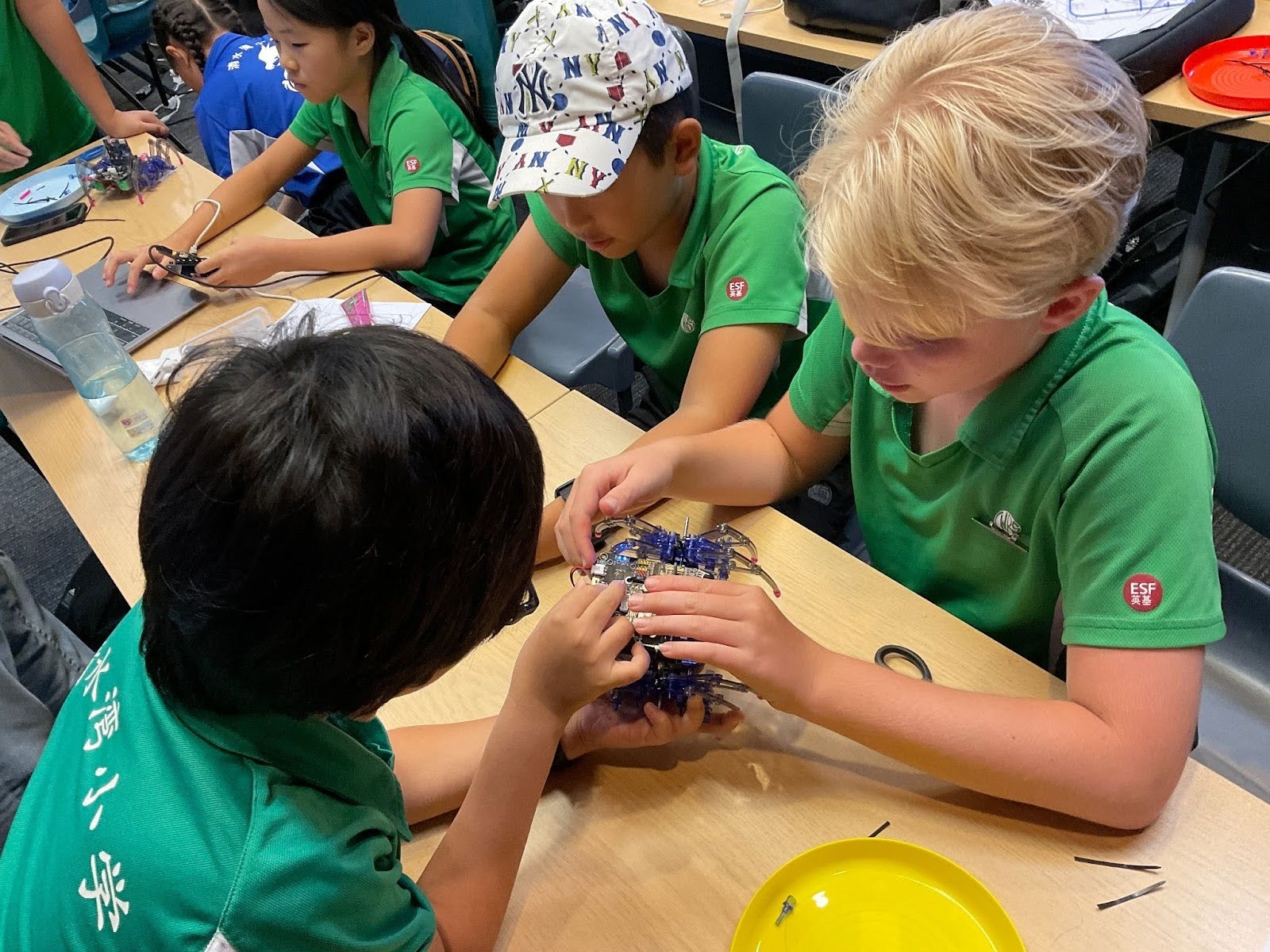 Through the use of learning technologies, students develop transdisciplinary skills and approaches to learning which enable them to demonstrate ever-increasing levels of digital literacy.
Through the use of learning technologies, students develop transdisciplinary skills and approaches to learning which enable them to demonstrate ever-increasing levels of digital literacy.
The Learning Technology programme at Clearwater Bay School is designed to prepare students for a world where technology literacy and associated skills are vital.
We believe in the use of imaginative and innovative eLearning technology which enables students to investigate, create, communicate and collaborate throughout the curriculum. Students are taught to organise information and data, manage their use of technology and through the attributes of the learner profile, we teach students to be responsible digital citizens.
We recognise that we are preparing students for a world which will be different from the one we live in today, and for roles that might not yet exist. We value the role that technology plays in the modern world, and we take advantage of opportunities to use technology authentically to support student’s inquiries, developing our student’s skills, knowledge and conceptual understanding through the transdisciplinary programme of inquiry.
At Clearwater Bay School, students are given the opportunity to learn through the use of technology, embedded within the transdisciplinary units of inquiry as well as learning technology skills linked to the key concepts.
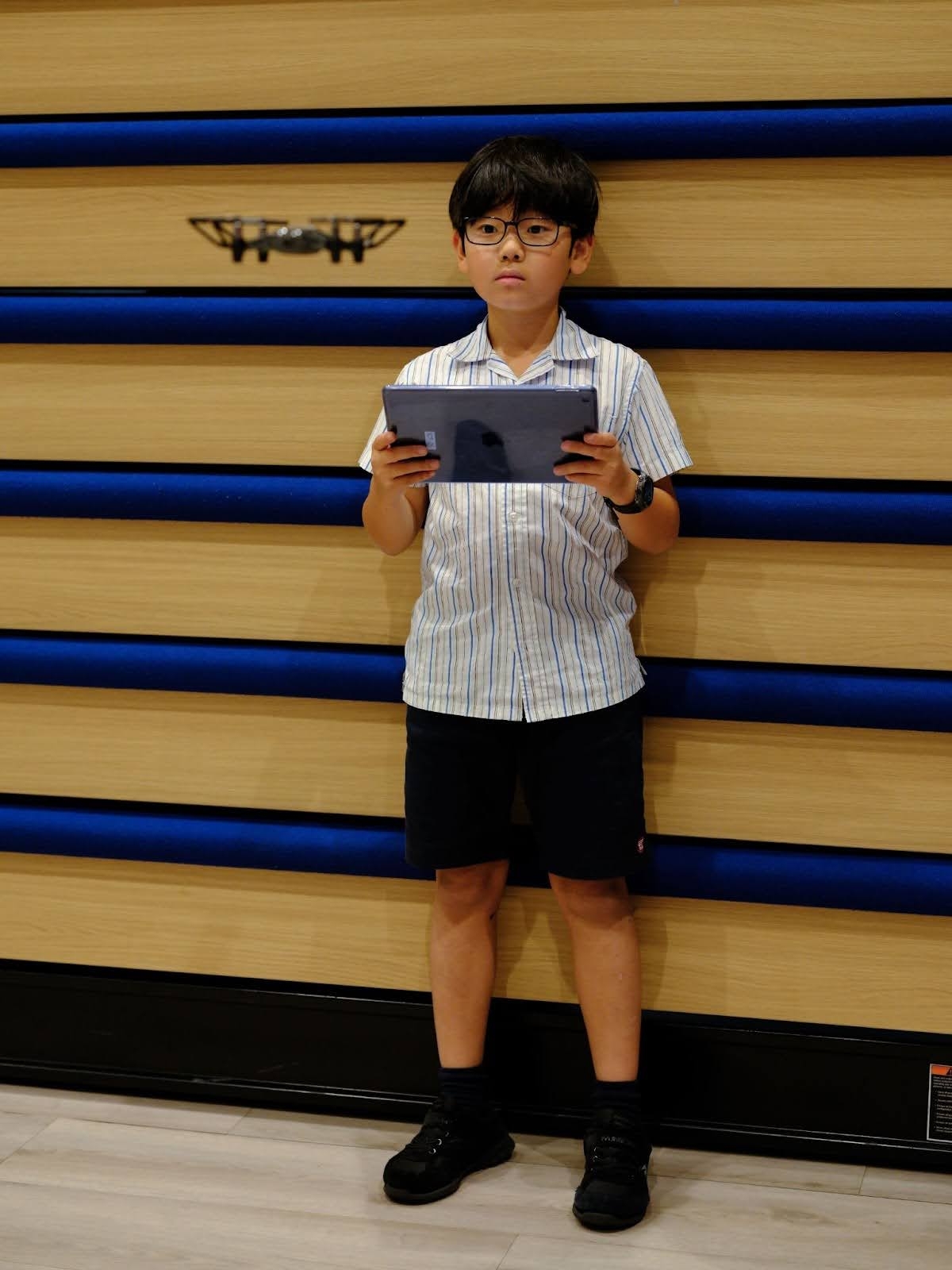
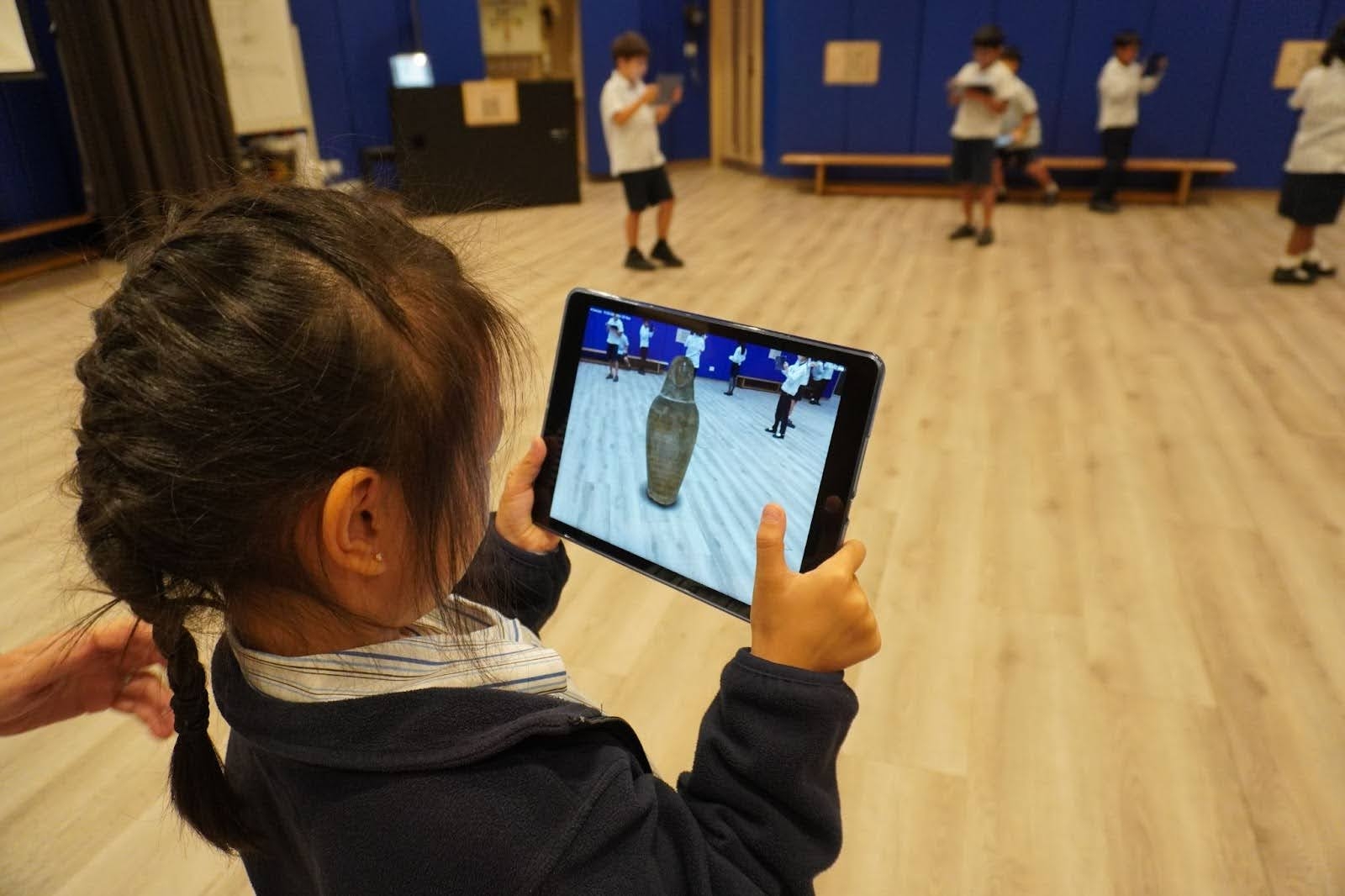
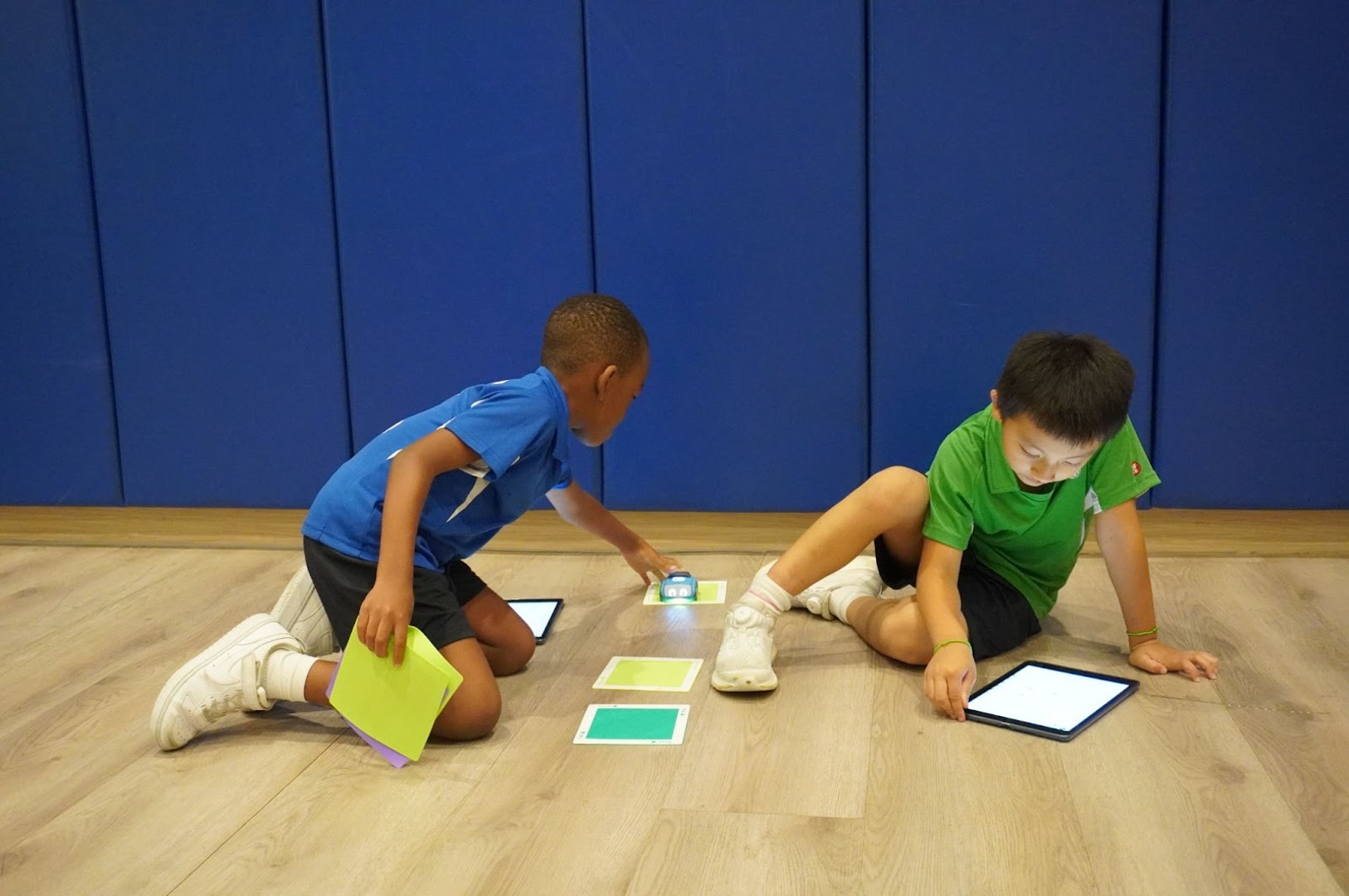
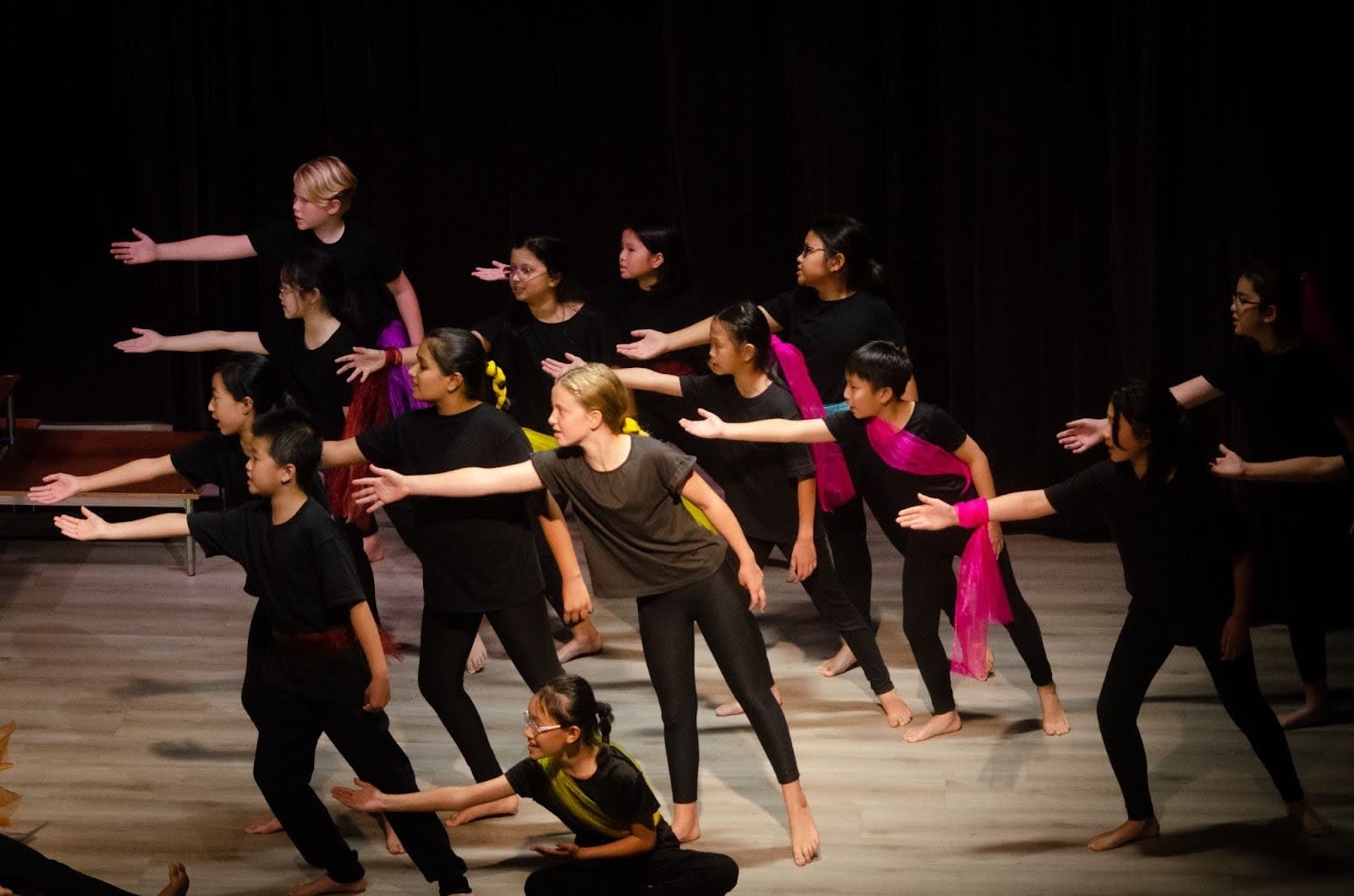 The Arts are integral to the teaching and learning at Clearwater Bay School. We believe they are a powerful mode of communication through which students explore and construct a sense of self and develop an understanding of the world around them. Arts provide students with a wide range of opportunities and means to respond to their experiences and engage with historical, social and cultural perspectives.
The Arts are integral to the teaching and learning at Clearwater Bay School. We believe they are a powerful mode of communication through which students explore and construct a sense of self and develop an understanding of the world around them. Arts provide students with a wide range of opportunities and means to respond to their experiences and engage with historical, social and cultural perspectives.
Our students are stimulated to think and to articulate their thoughts in new ways, and through a variety of media and technologies. The PYP recognizes that not all learning can be supported solely through language, and that arts as a medium of inquiry also provide opportunities for learning, communication and expression. Learning about and through arts is fundamental to the development of the whole child, promoting creativity, critical thinking, problem-solving skills and social interactions.
At Clearwater Bay School arts are identified as:
Dance
Drama
Music
Visual Arts
Each of these art forms is a significant discipline in its own right, but the transdisciplinary nature of the arts gives them relevance throughout the curriculum and where possible we find opportunities to infuse arts teaching and learning in all areas of the curriculum.
Arts promote attitudes such as empathy and appreciation, and skills such as analysis, that help us to see the uniqueness of each person as well as explore the commonalities that connect us.
Two common strands apply across the different art forms and define the critical artistic processes. These are responding and creating.
Please click on the links below to view the scope and sequence of each strand:
ESF - Arts Creating Scope and Sequence
ESF - Arts Responding Scope and Sequence
At Clearwater Bay School, we evoke a creative response to music through singing, playing instruments,composition and movement providing musical activities that develop musical concepts and skills sequentially. We develop awareness of different cultures and traditions and encourage the enjoyment of live performance.
Co- curricular music plays a large and vital role in the school life: Junior and Senior Choir, Chinese Singing and Dancing, recorder, xylophone, Chinese Drumming, Theatre Club, Ukulele, Art Club, plus music lessons offered by various specialist instrumental teachers.
Clearwater Bay students have the opportunity to participate in and share their arts learning and interest in various ways; as part of a choir, the biannual concerts, the Year 6 exhibition, class presentations, as part of the student conferences, assemblies, exhibitions and showcases.
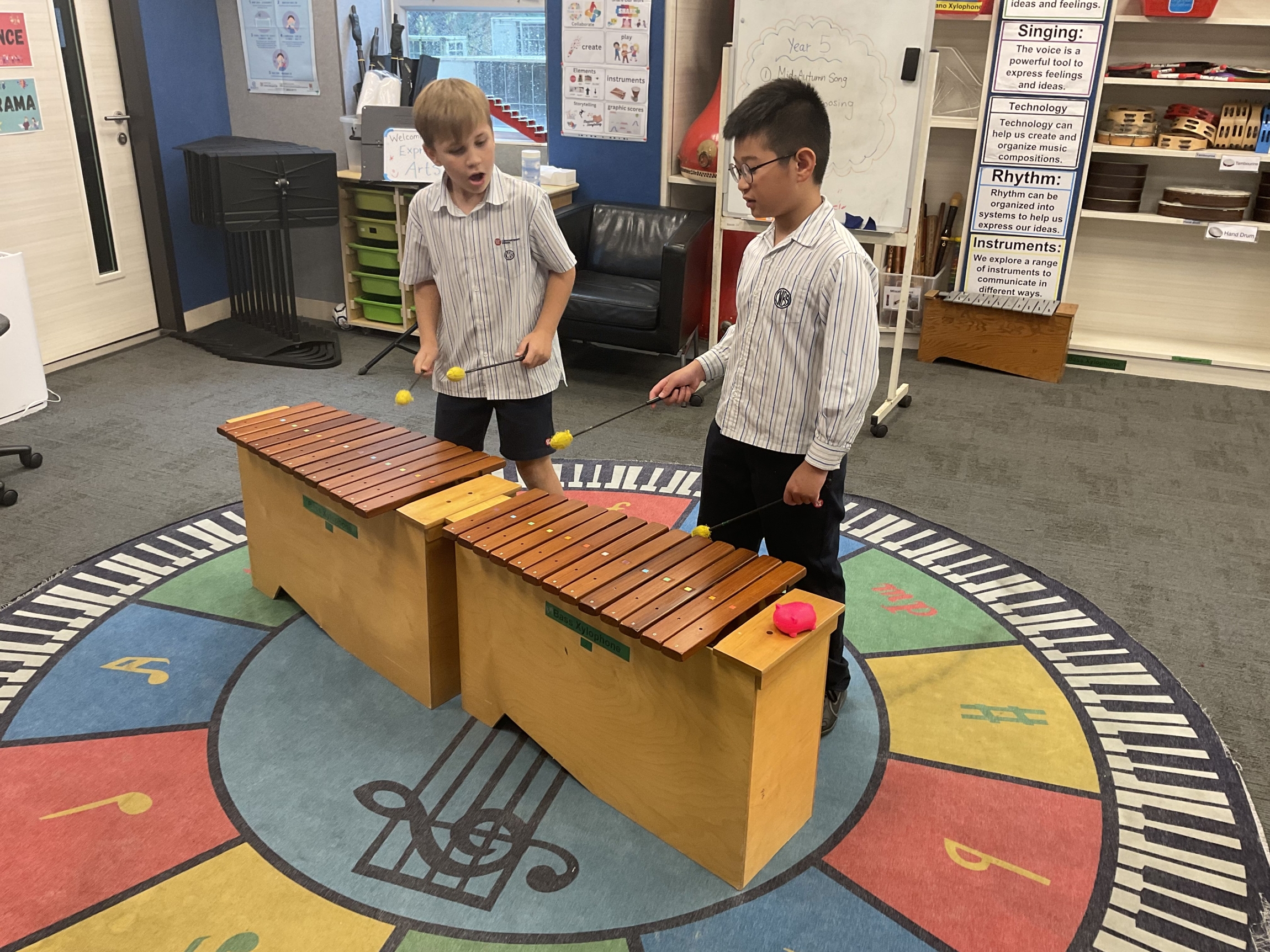

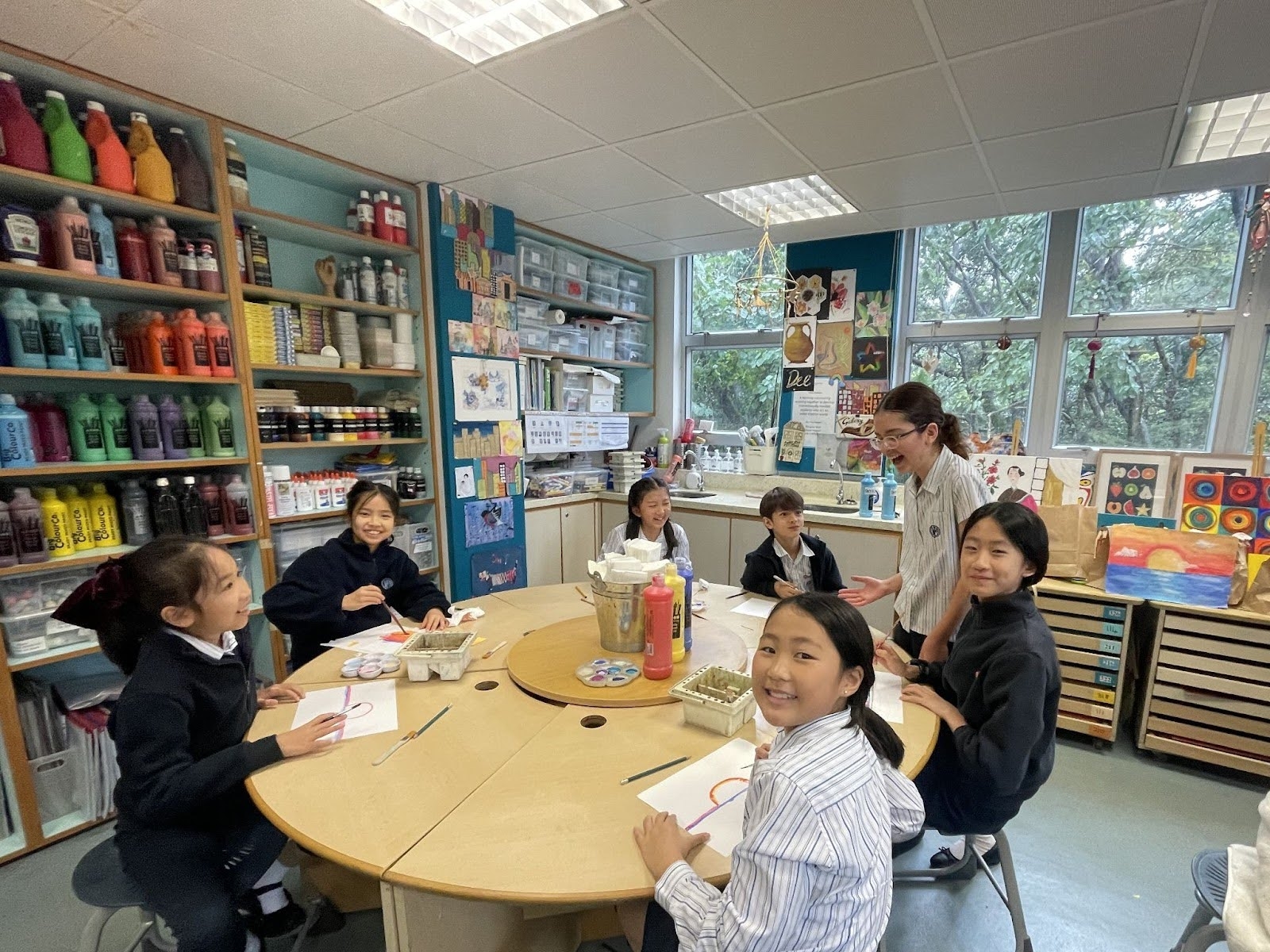
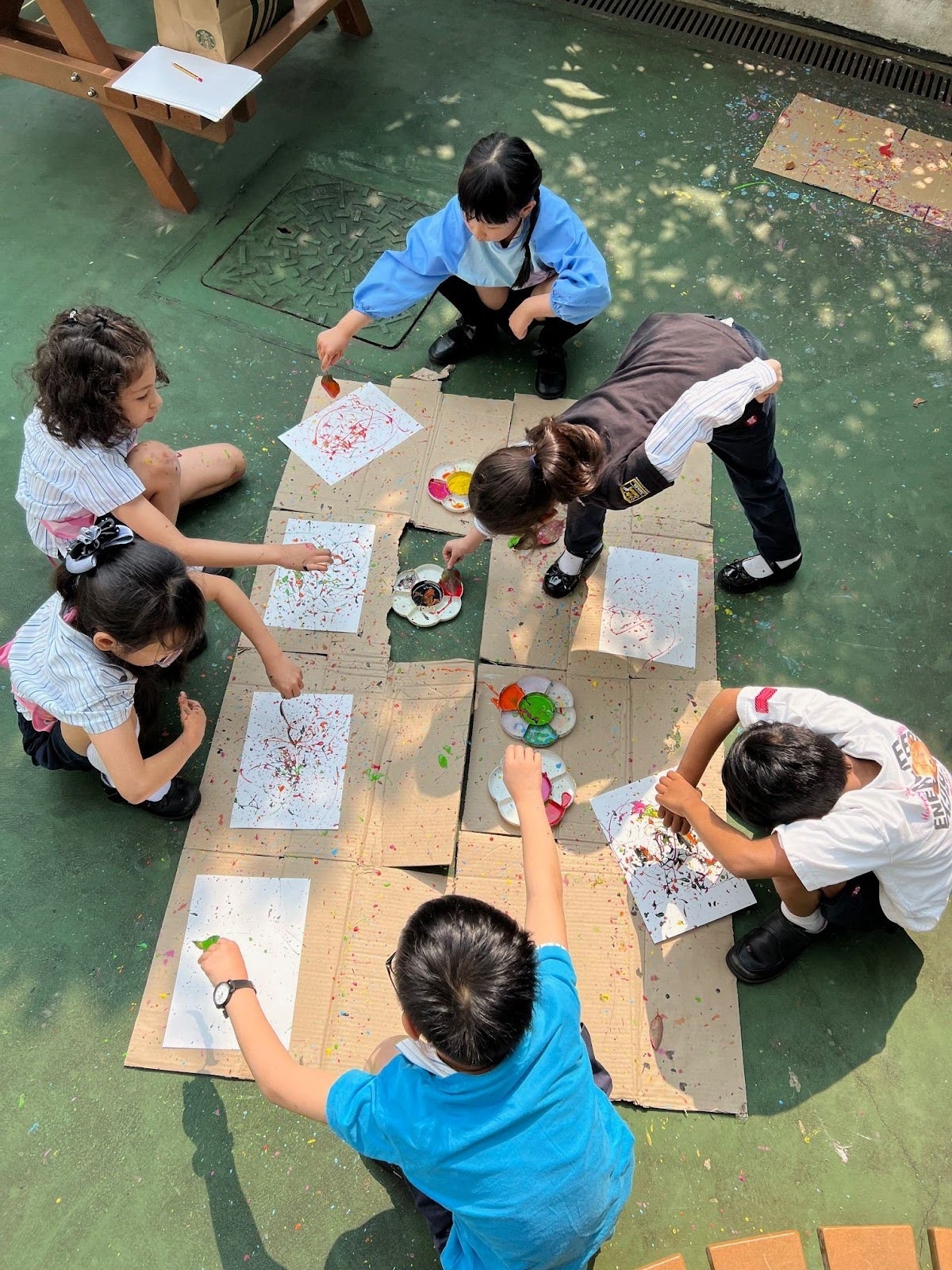
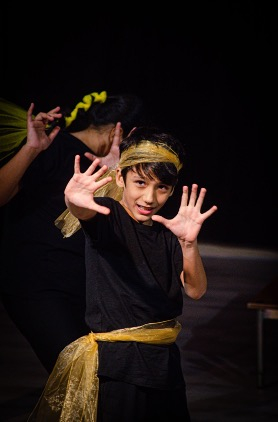
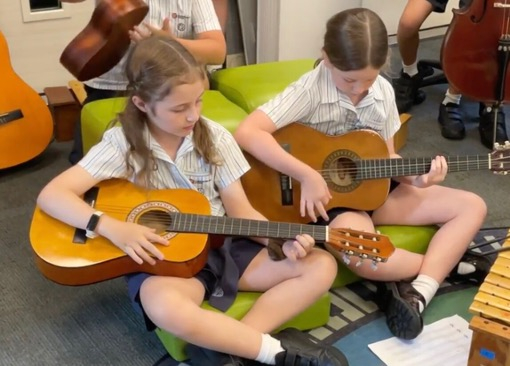
 At Clearwater Bay School we use language as a medium of inquiry, providing opportunities to challenge, nurture and develop both first and second language speakers. We understand that the most conducive environment to language learning is a positive and encouraging one, wherein students have the opportunity to engage in authentic and meaningful learning experiences. Language learning occurs in three ways; as the language of instruction, as an additional language and as mother tongue.
At Clearwater Bay School we use language as a medium of inquiry, providing opportunities to challenge, nurture and develop both first and second language speakers. We understand that the most conducive environment to language learning is a positive and encouraging one, wherein students have the opportunity to engage in authentic and meaningful learning experiences. Language learning occurs in three ways; as the language of instruction, as an additional language and as mother tongue.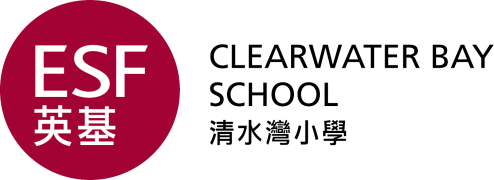

 Mathematics is a powerful tool for describing and analysing the world around us and is a highly effective tool for solving problems. At CWBS our Mathematics program promotes enjoyment and enthusiasm for the exploration and learning of Mathematics. We believe that students acquire mathematical understanding by constructing their own meaning, concept by concept, through ever increasing levels of abstraction, starting with their own personal experiences, understandings and knowledge.
Mathematics is a powerful tool for describing and analysing the world around us and is a highly effective tool for solving problems. At CWBS our Mathematics program promotes enjoyment and enthusiasm for the exploration and learning of Mathematics. We believe that students acquire mathematical understanding by constructing their own meaning, concept by concept, through ever increasing levels of abstraction, starting with their own personal experiences, understandings and knowledge. Through the use of learning technologies, students develop transdisciplinary skills and approaches to learning which enable them to demonstrate ever-increasing levels of digital literacy.
Through the use of learning technologies, students develop transdisciplinary skills and approaches to learning which enable them to demonstrate ever-increasing levels of digital literacy.


 The Arts are integral to the teaching and learning at Clearwater Bay School. We believe they are a powerful mode of communication through which students explore and construct a sense of self and develop an understanding of the world around them. Arts provide students with a wide range of opportunities and means to respond to their experiences and engage with historical, social and cultural perspectives.
The Arts are integral to the teaching and learning at Clearwater Bay School. We believe they are a powerful mode of communication through which students explore and construct a sense of self and develop an understanding of the world around them. Arts provide students with a wide range of opportunities and means to respond to their experiences and engage with historical, social and cultural perspectives.





